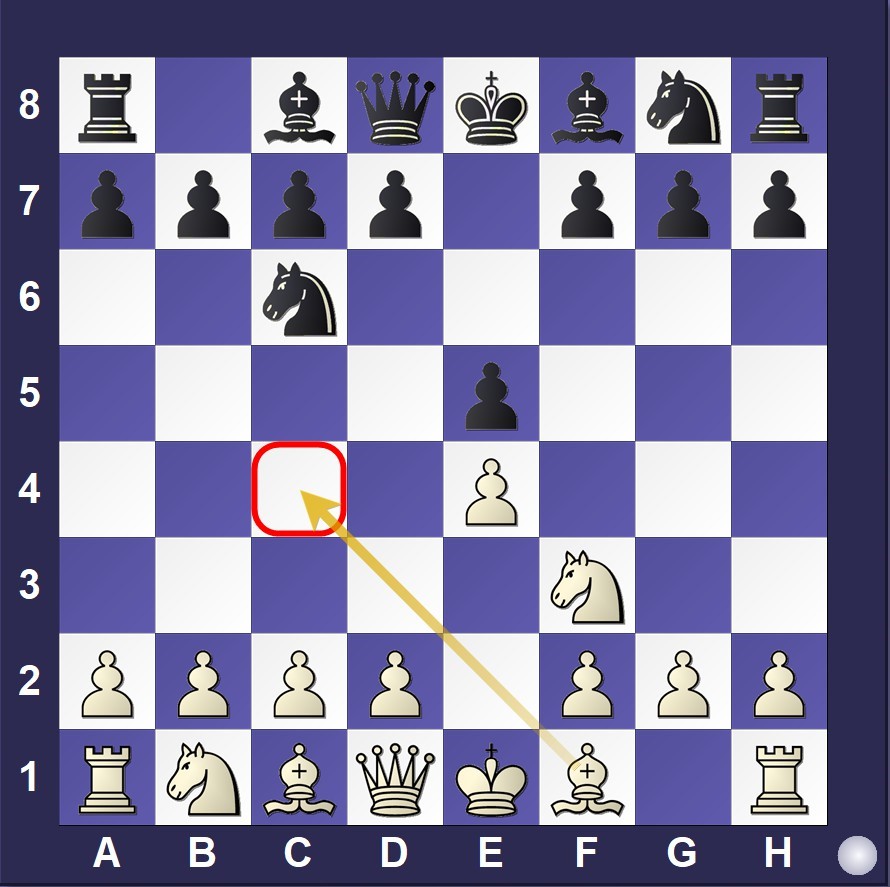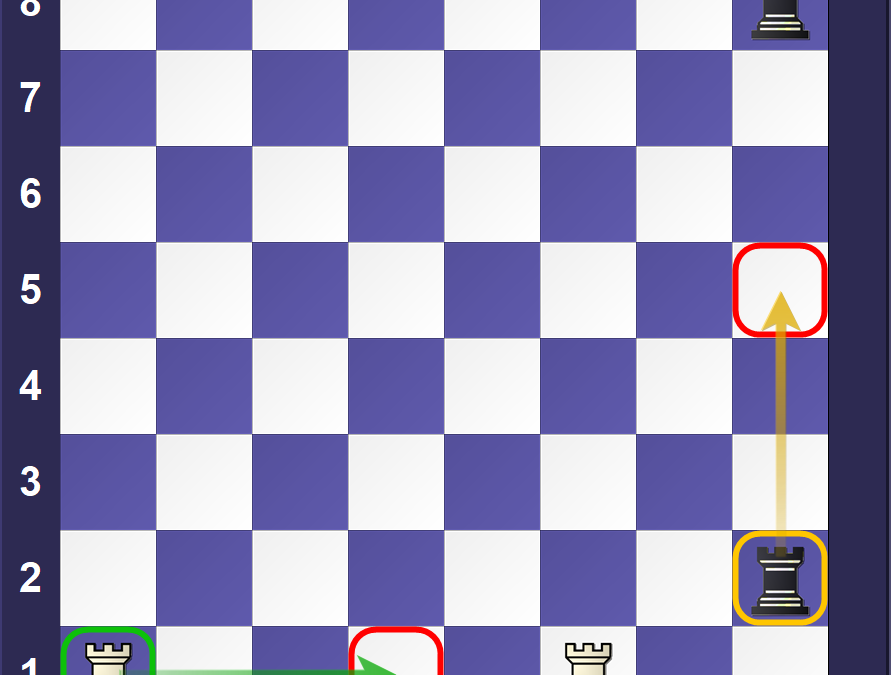Introduction
Chess notation is a standardized system used to record and analyze chess games. Understanding and using chess notation is essential for any serious player.
This blog post will guide you through the basics of chess notation, focusing on the three primary scenarios:
- moving a piece,
- capturing a piece,
- When 2 same pieces, of the same colour, can move to the same square
For a detailed overview of chess symbols, notations, ranks, and files, please refer to our previous articles –
https://premierchessacademy.com/chess-basics-introduction-to-chess-board/
https://premierchessacademy.com/introduction-to-pieces/
Case 1: Moving a Piece
When a piece moves to a square without capturing, the notation is simple:
- Piece Symbol: Write the symbol of the moving
- King: K
- Queen: Q
- Rook: R
- Bishop: B
- Knight: N
- Pawn: (no symbol)
- Destination Square: Write the name of the destination square using algebraic notation. For example, “e4” represents the fourth square on the “e” file.
Example:Bc4- The “B”ishop moves to the c4 Square

Case 2: Capturing a Piece
When a piece captures an opponent’s piece, the notation includes a capture symbol:
- Piece Symbol: Write the symbol of the capturing
- Capture Symbol: Write “x” to indicate a capture in the
- Destination Square: Write the name of the captured piece’s
Example:
- Bxb6 : The Bishop captures a piece on

Case 3: When 2 same pieces, of the same colour can move to the same square
If multiple pieces of the same color can move to the same square, you must specify which piece is moving. This is typically done by indicating the rank or file of the moving piece.
- Piece Symbol: Write the symbol of the moving
- Rank or File: Write the rank (row) or file (column) of the moving piece if
- Destination Square: Write the name of the destination
Example:
- Rad1: A rook on the “A” file from a1 moves to d1 – but on the same Rank
- R2h5: A rook on the 2nd Rank moves to the 5th Rank – but on the same

Additional Notes:
- Check: If a move puts the opponent’s king in check, add “+” to the
- Checkmate: If a move results in checkmate, add “#” to the
- Castling: Castling is denoted by “O-O” for kingside castling and “O-O-O” for queenside castling.
By following these guidelines, you can easily write and understand chess notation, enhancing your ability to analyze and improve your chess gameplay.


Recent Comments